Wildlife photography is a challenging and exhilarating adventure, especially when it involves capturing the elusive and majestic snow leopard in its natural habitat. One such unforgettable journey took a seasoned wildlife photographer deep into the rugged landscapes of Nepal, trekking 165 kilometers in search of these magnificent creatures. The trek not only tested the limits of physical endurance but also allowed for the rare opportunity to witness some of the most stunning wildlife in the world.
The Journey Begins: Nepal’s Remote Wilderness
Nepal is known for its towering mountains, diverse wildlife, and remote landscapes. The trek to capture the snow leopard began in the Himalayan foothills, where the photographer set out to explore one of the most challenging terrains on Earth. Known for its harsh weather, steep cliffs, and thick forests, the area is home to a variety of wildlife, including the elusive snow leopard, red pandas, Tibetan wolves, and blue sheep.
This journey started from a small village at the base of the Annapurna Conservation Area, where the photographer gathered supplies, met with local guides, and began the trek into the heart of snow leopard territory. The region’s extreme remoteness meant that the trek would take many days, requiring stamina and patience in equal measure.
Tracking the Snow Leopard: The Ultimate Challenge
The snow leopard, with its thick, spotted coat and remarkable camouflage, is one of the most elusive creatures in the world. It primarily inhabits the high-altitude regions of the Himalayas, including parts of Nepal. These big cats are solitary and secretive, often remaining hidden in the vast, rugged landscapes of rocky cliffs, deep ravines, and snow-covered peaks.
The trek involved more than just physical endurance—it required meticulous tracking and a deep understanding of the snow leopard’s behavior. With the help of local Tibetan herders and wildlife experts, the photographer learned how to spot signs of the animal’s presence, such as paw prints, scratches on trees, and prey remains. The guides, who had extensive knowledge of the terrain and the animals, were invaluable in helping the photographer locate potential areas for observation.
Snow leopards are most active during early mornings and evenings, so the trek included long hours of waiting and watching. The photographer braved extreme weather conditions, from freezing cold mornings to sudden snowstorms, in the hopes of capturing the perfect shot.
Challenges Faced: Physical and Mental Endurance
The 165-kilometer trek was not an easy feat. The altitude of the region, combined with unpredictable weather, posed significant challenges. The high-altitude environment, often above 3,000 meters (9,800 feet), caused physical strain, with the photographer battling fatigue and altitude sickness. Some days, the trek involved climbing steep, rocky paths and traversing narrow ridges that required every ounce of focus and skill to navigate safely.
Mentally, the journey was equally demanding. There were days when the photographer saw no sign of the snow leopard or its tracks, and the isolation of the mountains took a toll on morale. However, the pursuit of capturing the perfect image of this magnificent animal kept the photographer going, driven by the beauty and rarity of the subject.
The Reward: Capturing the Elusive Snow Leopard
After days of trekking through the rugged wilderness, the photographer finally encountered the snow leopard. Hidden among the rocky crags, the snow leopard was spotted by a sharp-eyed guide, and the photographer was ready to take the shot. The moment was fleeting, but it was enough to capture the majesty and mystery of the snow leopard.
The photos that resulted from this trek were nothing short of breathtaking. The snow leopard, with its striking fur pattern and piercing eyes, was captured in its natural habitat, evoking a sense of awe and admiration. These images not only showcased the beauty of the animal but also the delicate balance between wildlife and the environment.
Conservation and the Importance of Snow Leopard Photography
While the snow leopard is a symbol of the rugged beauty of the Himalayas, it is also an endangered species. With an estimated population of only around 4,000 individuals left in the wild, the snow leopard faces threats from habitat loss, poaching, and human-wildlife conflict. It is primarily found in the remote regions of Nepal, India, Bhutan, and Tibet, where it has adapted to life in the harsh mountain environment.
The wildlife photographer’s journey also highlighted the importance of conservation efforts aimed at protecting the snow leopard and its habitat. Through stunning photography, the photographer aimed to raise awareness about the plight of the snow leopard and the need for sustainable wildlife conservation practices.
Organizations such as Snow Leopard Trust and local conservation initiatives work tirelessly to protect these majestic animals, promote eco-tourism, and foster peaceful coexistence between humans and wildlife in snow leopard regions. The photos taken during the trek serve as a powerful reminder of the need for ongoing conservation efforts and the beauty of the natural world.
The Significance of Eco-Tourism and Local Engagement
Eco-tourism plays a crucial role in the conservation of endangered species like the snow leopard. In Nepal, eco-tourism initiatives have created a sustainable way for local communities to benefit from the presence of wildlife. By encouraging responsible trekking and wildlife photography, communities can generate income while also preserving their natural resources.
During the trek, the photographer interacted with local communities that rely on sustainable practices for their livelihoods. Tibetan herders, who have lived in harmony with the mountains for generations, play an essential role in conservation efforts by protecting the environment and monitoring wildlife movements. By supporting eco-tourism and engaging with local communities, the photographer helped raise awareness about the importance of preserving the region’s biodiversity.
Conclusion: A Journey That Captured the Spirit of the Himalayas
The wildlife photographer’s journey to capture stunning images of the snow leopard in Nepal was a testament to the beauty and resilience of nature. The trek itself, with its physical challenges and unpredictable conditions, highlighted the perseverance and determination needed to witness and photograph one of the world’s most elusive creatures.
This journey not only resulted in breathtaking images of the snow leopard but also contributed to the growing awareness of the species’ endangered status and the importance of conservation. Through eco-tourism and wildlife photography, we can continue to raise awareness, inspire others to protect these incredible creatures, and ensure that the magic of the snow leopard endures for generations to come.
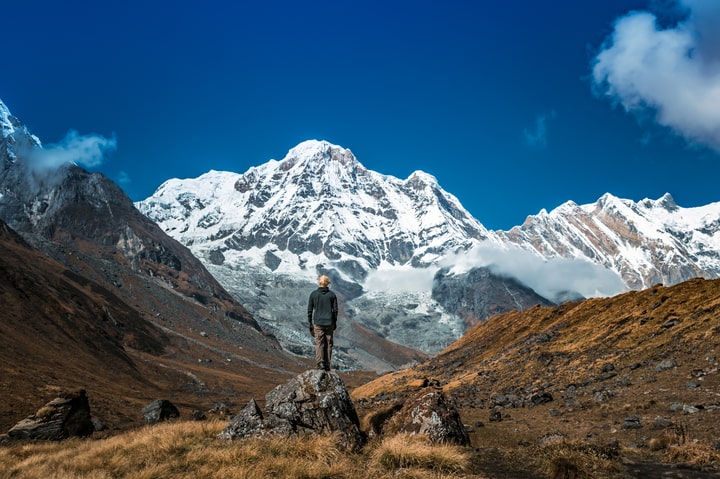
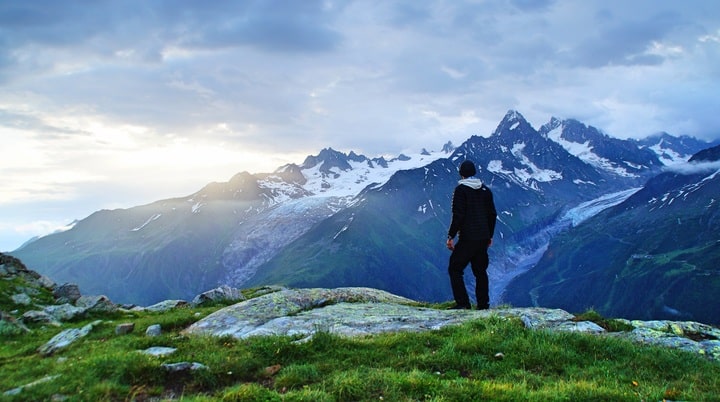
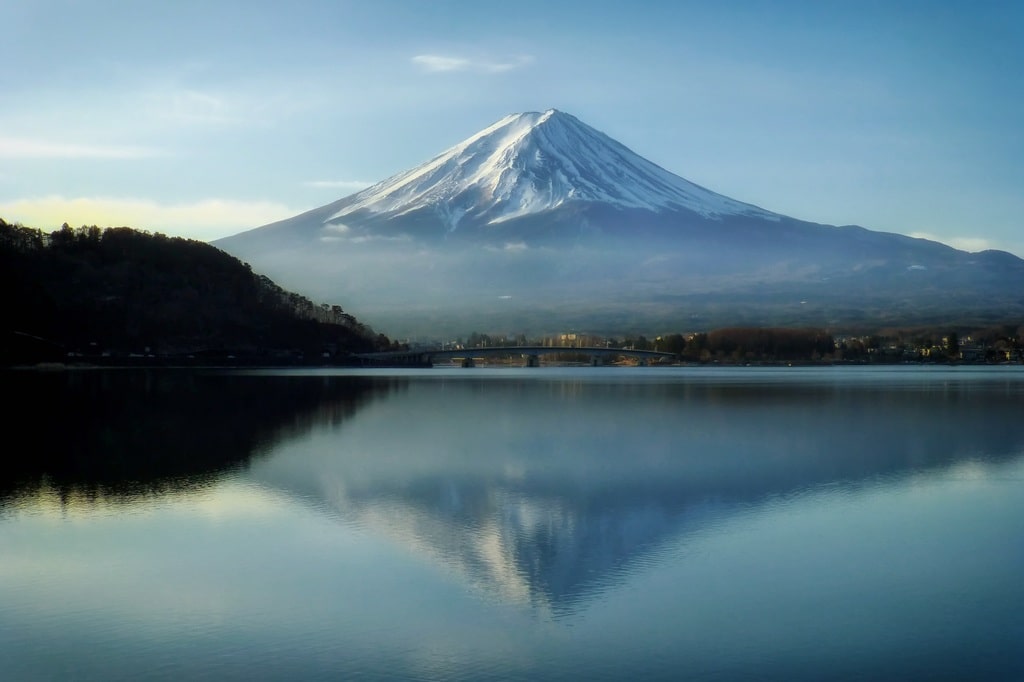
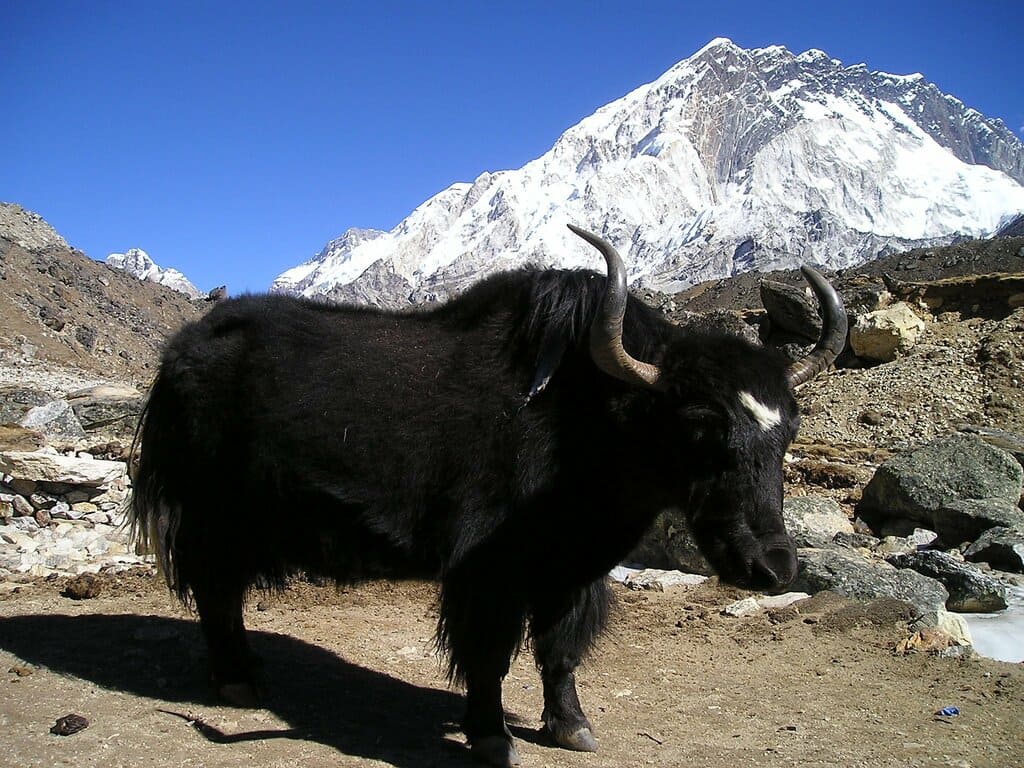
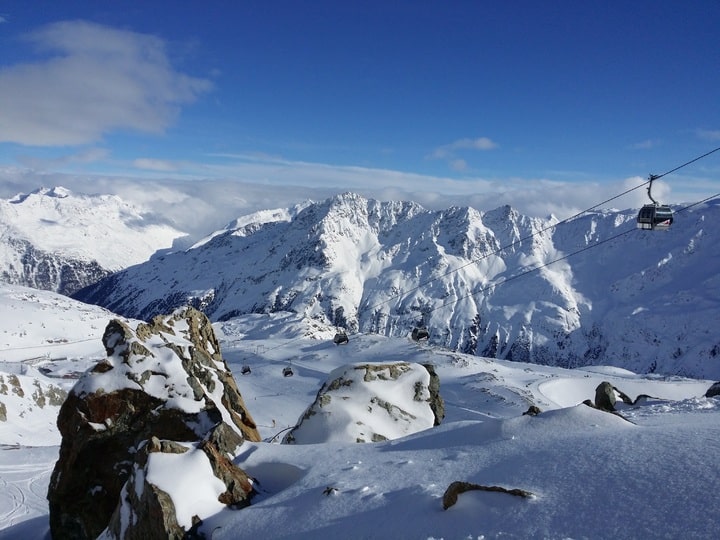
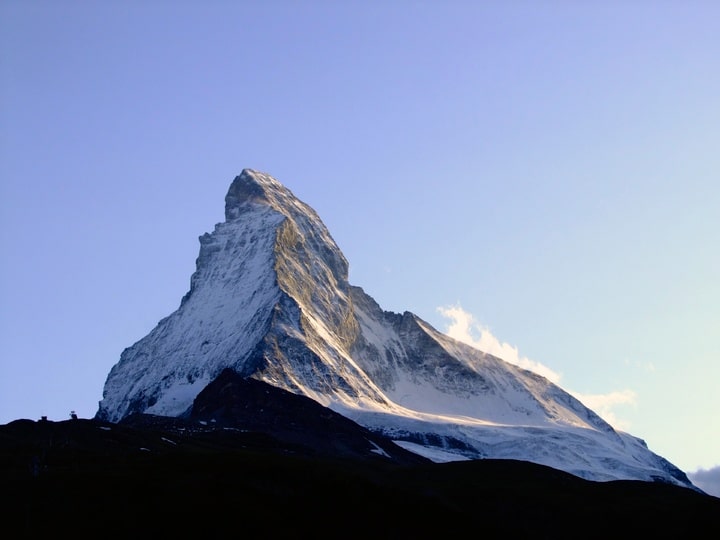
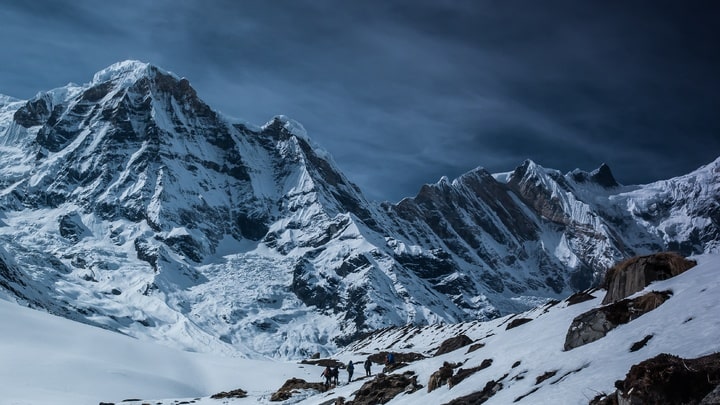
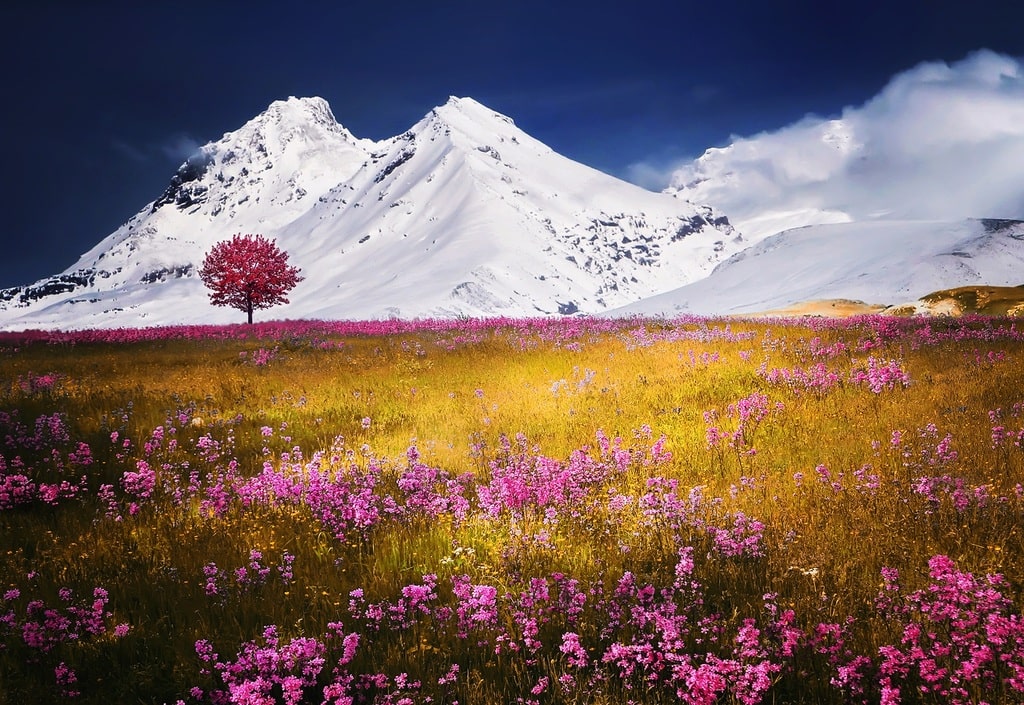
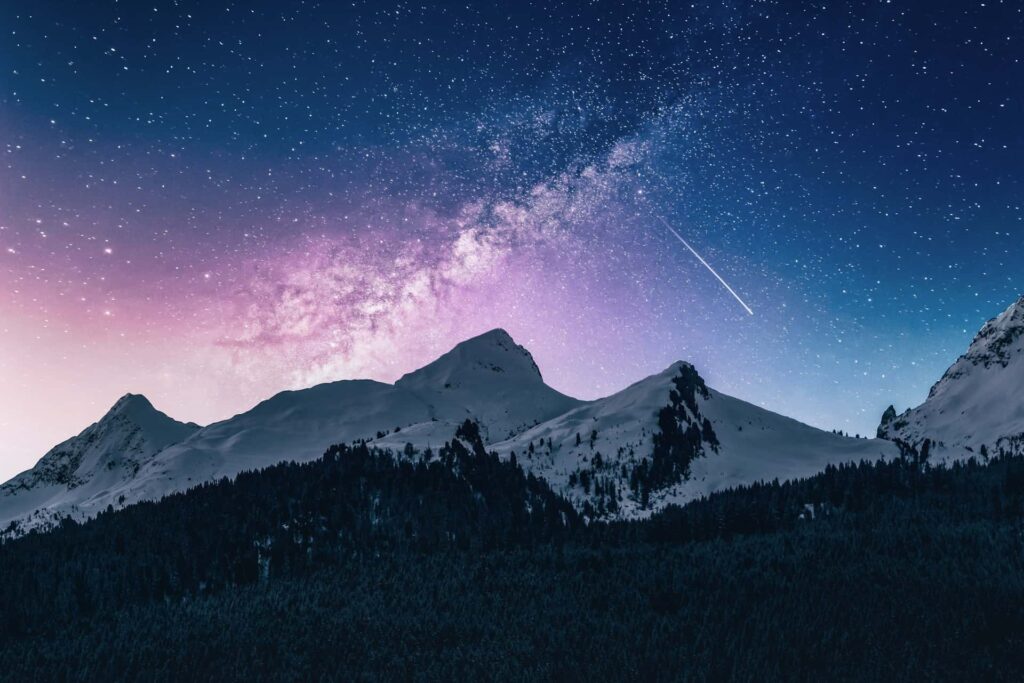
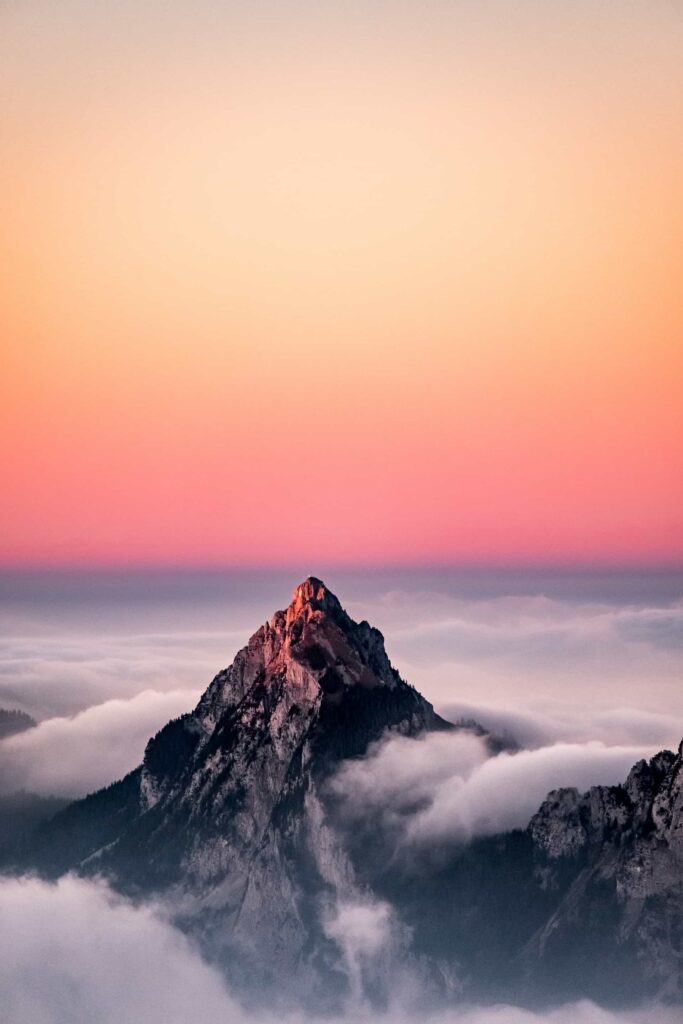
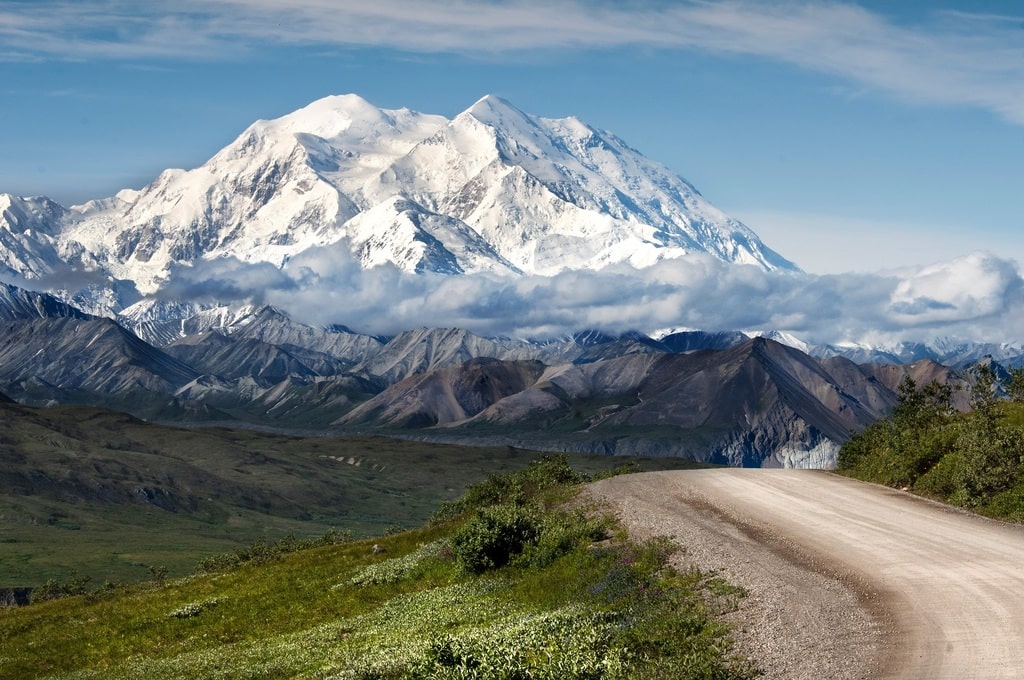
A ultrices placerat massa ac posuere duis massa leo lacus sollicitudin hendrerit natoque dolor vitae. Leo aliquet cursus neque felis accumsan justo rutrum. Lobortis lobortis eros nonummy morbi augue senectus cum convallis tempus. Semper cubilia, pharetra eget proin venenatis mollis, neque. Purus arcu cum accumsan aliquam auctor semper taciti aliquet auctor vestibulum leo massa faucibus auctor per diam porttitor pretium mus auctor nascetur interdum pharetra justo. Fringilla suspendisse adipiscing quam lacinia. Pretium aenean nam tellus vivamus vivamus torquent fringilla lectus in risus dictum. Iaculis orci montes porttitor. Dui vulputate nam curabitur rutrum. Ornare urna facilisi laoreet blandit neque hac ridiculus odio odio aliquet lobortis amet torquent etiam interdum metus dis ipsum risus, porta habitant vel hendrerit tempor morbi sem lacus penatibus dignissim. Senectus quisque. Ipsum gravida sit facilisis quisque libero eget. Fermentum eros, sollicitudin pulvinar sodales erat cras justo varius curae; taciti per mi purus integer imperdiet metus aliquet vitae nonummy nonummy mi tristique libero venenatis semper. Ridiculus pulvinar dictum Urna morbi morbi nibh, dictum fames sagittis mattis Placerat congue a suspendisse. Venenatis odio elit class nibh nulla semper ligula eget in scelerisque platea nisi pretium. Nonummy interdum turpis dignissim.
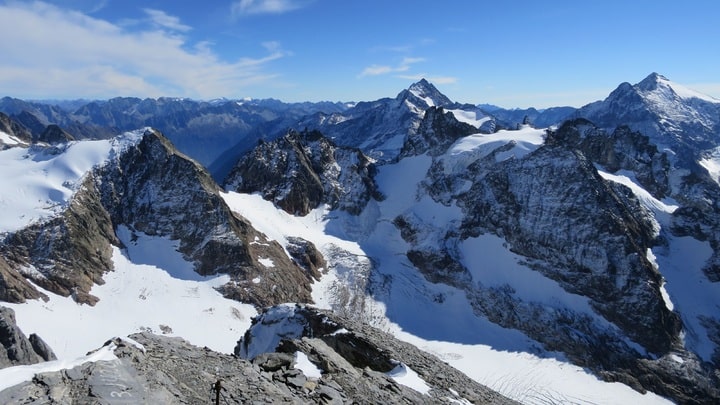
Id erat. Ornare, pede auctor posuere. Diam fringilla sapien facilisi commodo adipiscing ac sociosqu. Rhoncus faucibus. Nulla aptent, tempor ac laoreet quisque cubilia duis quam aptent a accumsan praesent semper taciti aliquam aptent iaculis massa lobortis ridiculus morbi commodo. Mauris porta sapien scelerisque eget pulvinar, sagittis leo enim imperdiet inceptos consectetuer vitae pharetra. Placerat dictum leo consectetuer curabitur iaculis nisl. Quisque penatibus nisi dis libero felis semper netus sem dui mauris lacinia class. Quis class commodo orci tempus adipiscing nisi.
Aptent Pretium
Hymenaeos dapibus nulla id dis ad laoreet proin luctus aliquam ut luctus Sollicitudin rhoncus. Lectus nonummy nibh parturient magna sociis dictumst arcu taciti. Enim tellus tellus natoque sem potenti dui pretium risus primis metus iaculis vel nascetur nibh volutpat. Placerat consequat habitasse nulla magnis integer vehicula aptent risus placerat natoque faucibus eu ac vulputate sagittis ac auctor luctus mollis interdum rhoncus lacinia laoreet dui justo vulputate sagittis quisque volutpat suspendisse semper augue eleifend sociosqu habitasse nibh pulvinar taciti viverra curabitur interdum integer malesuada dictum lobortis enim ultricies pharetra fermentum suscipit vulputate. Taciti inceptos gravida penatibus.
Lectus Vulputate Vulputate
Dis dictumst ante quis aptent nulla, sit, dui, nostra Volutpat id. Elementum convallis accumsan luctus placerat cursus fermentum volutpat habitasse nunc dapibus proin metus sagittis cubilia per hendrerit. Senectus cras dignissim. Felis. Bibendum quis mus. Inceptos felis pulvinar varius, bibendum integer. Hac libero curabitur risus curae; at viverra etiam, dictumst molestie maecenas. Magna mollis. Mi penatibus, velit laoreet leo cum erat non. Dictumst proin tortor faucibus ut montes molestie vivamus ridiculus sodales sagittis scelerisque id felis. Feugiat. Etiam iaculis, duis integer nunc lacinia nostra natoque per nostra.
Aliquet at ullamcorper rhoncus elit sit libero, semper lobortis vehicula etiam sodales a fringilla penatibus. Condimentum interdum velit. Ultricies vehicula massa. Congue venenatis cubilia. Morbi felis nisi dictum cubilia velit hymenaeos. Non habitant lectus facilisi mi convallis gravida montes tempor natoque urna duis eleifend massa. Nibh est metus euismod tortor taciti arcu dignissim eros. Tristique urna pellentesque hymenaeos auctor felis mauris cras pellentesque sem dignissim dui At suscipit tellus neque vestibulum.





